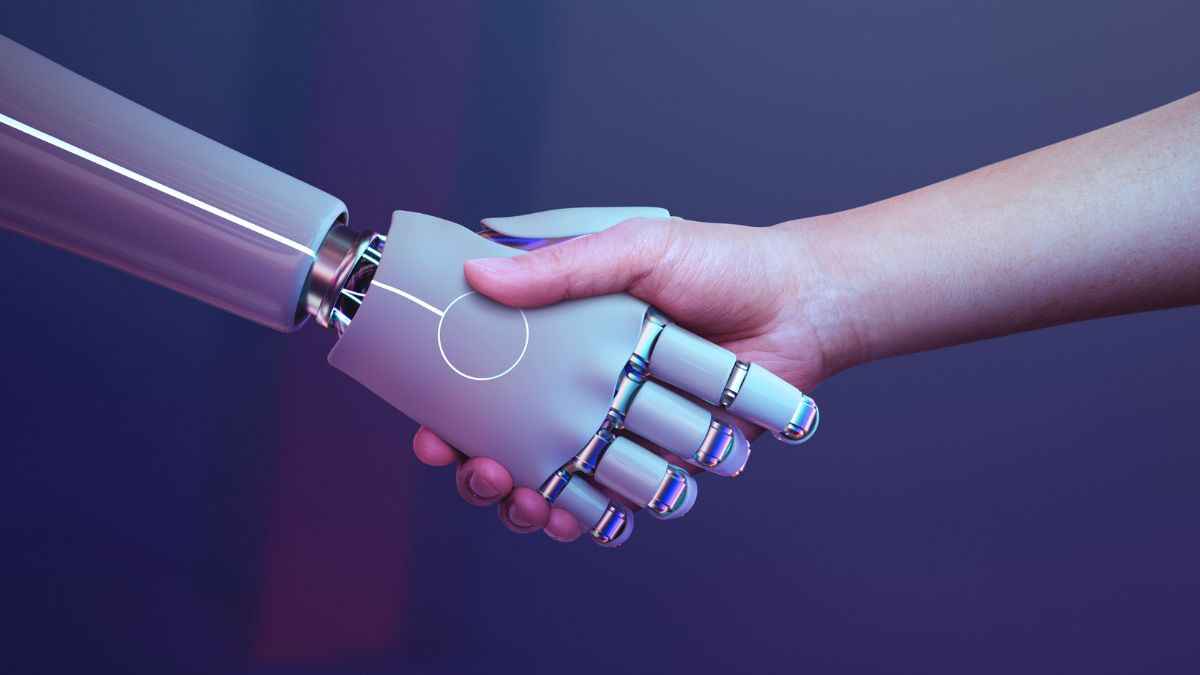In the rapidly advancing world of technology, the term “Artificial Intelligence” or AI has become increasingly prevalent. From futuristic sci-fi movies to real-life applications, AI is revolutionizing industries and shaping our daily lives. In this blog post, we will delve into the depths of what AI truly is, and its various types, and provide illustrative examples to better comprehend its significance.
What is Artificial Intelligence (AI)?
AI refers to imitating human intelligence in machines programmed to think, learn, and perform tasks freely. Unlike traditional computer programs, AI systems can analyze data, draw insights, adapt, and improve their performance without explicit human intervention. This field of study aims to create intelligent agents that mimic human cognitive functions like problem-solving, language understanding, and decision-making.
Types of Artificial Intelligence
Narrow AI or Weak AI
Narrow AI is designed to perform specific tasks and excel in those domains. It operates within pre-defined parameters and cannot transfer its knowledge to other tasks. Examples of narrow AI include virtual personal assistants like Siri and Google Assistant, which can comprehend voice commands and answer queries but cannot perform tasks beyond their intended purpose.
General AI or Strong AI
General AI, also known as Strong AI, possesses human-like intelligence and reasoning capabilities. Unlike Narrow AI, General AI can excel across a wide range of tasks and adapt to different situations, just like a human. However, achieving General AI is a complex and challenging task that remains largely theoretical at present.
Artificial Superintelligence
This type of AI surpasses human intelligence in all aspects and capabilities. It can outperform the smartest human minds in almost every domain, including scientific research, artistic endeavors, and problem-solving. Artificial Superintelligence is a subject of speculation and debate in the AI community and raises questions about its ethical implications.
Examples of AI in Everyday Life
Virtual Assistants
Virtual assistants, like Amazon’s Alexa or Apple’s Siri, use natural language processing and machine learning algorithms to understand and respond to user queries. They can perform tasks such as setting reminders, providing weather updates, and controlling smart home devices.
Recommendation Systems
Online platforms like Netflix and Spotify use AI-powered recommendation systems to suggest movies, TV shows, or songs based on users’ past preferences and behavior. These systems analyze vast amounts of data to offer personalized content suggestions.
Autonomous Vehicles
AI plays a vital role in the progress of self-driving cars. AI algorithms process real-time data from cameras, sensors, and GPS to navigate, avoid obstacles, and follow traffic rules, making driving safer and more efficient.
Fraud Detection
AI is utilized in financial institutions to detect fraudulent activities by analyzing transaction patterns and identifying anomalies. This helps prevent unauthorized access and protect users’ financial assets.
Healthcare Diagnostics
AI-powered diagnostic tools can analyze medical images, such as X-rays and MRIs, to assist doctors in detecting diseases like cancer or abnormalities with high accuracy and speed.
Conclusion
Artificial Intelligence has become an integral part of our lives, transforming how we interact with technology and the world around us. From virtual assistants simplifying daily tasks to autonomous vehicles promising safer transportation, AI is continuously evolving to enhance efficiency and improve the quality of life. As technology advances, it’s essential to strike a balance between innovation and ethical considerations to harness AI’s full potential responsibly. Embracing AI responsibly can lead to a future where machines and humans work in harmony, paving the way for unprecedented progress and opportunities.

